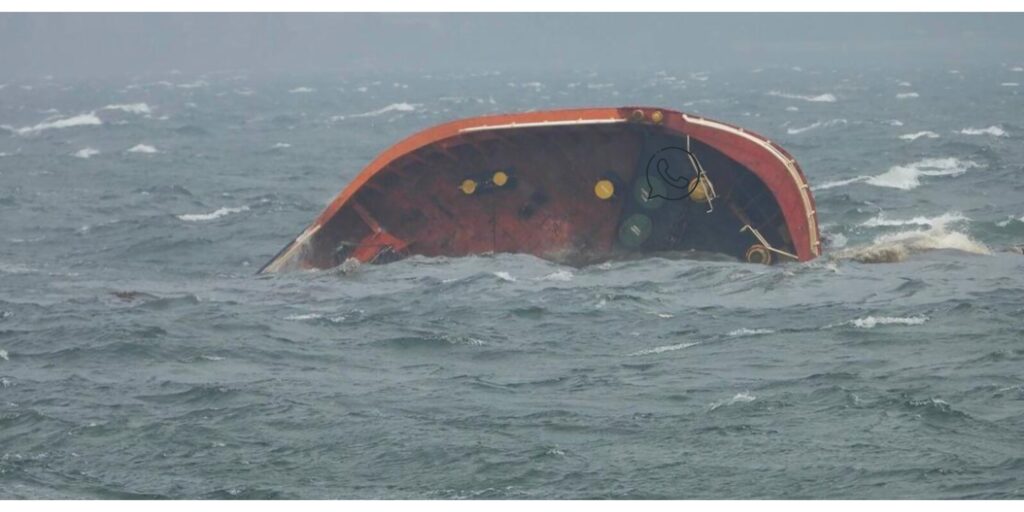Devastating Typhoon Gaemi: Typhoon Gaemi has made landfall in mainland China, following her destructive path across Taiwan and the Philippines.
The approaching typhoon Gaemi forced more than 150,000 residents of the Fujian province in southeast China to move to safer places.
More About Devastating Typhoon Gaemi :

At least 21 people have already died as a result of the typhoon’s extensive floods and landslides in Taiwan and the Philippines. Following the capsize and sinking of a tanker carrying 1.5 million liters of industrial fuel off the coast of the Philippines, the nation is in a “race against time” to stop an oil disaster. This ship was one of two that sank in the area on Thursday; the other one went down close to the southwest coast of Taiwan.
When the typhoon Gaemi made landfall on Thursday night, local time, China issued its highest category disaster alert. According to official media, Chinese President Xi Jinping led a meeting with the Communist Party’s top leadership to examine disaster aid and flood control measures.
Authorities in northern China have issued a warning that heavy rainfall could cause landslides and flooding, and train services in Fujian have been suspended. In the meantime, there is a “high risk” of natural disasters, according to the State Flood Control and Drought Relief Headquarters.
China’s summers are renowned for their wildly unpredictable weather, with intense rains in the east and south and scorching temperatures in the north. Generally speaking, heavy rains fall between mid-July and mid-August. While there is a chance that typhoon Gaemi path will alter, it appears to be retracing the steps of Typhoon Doksuri from the previous year, which significantly flooded parts of northern China.

The storm, the first of this year’s typhoon Gaemi season and the largest to hit the island in eight years, is currently causing cleanup work in Taiwan. The southern city of Kaohsiung recorded 1350 mm of rain, according to Taiwan’s weather agency, with numerous parts of the island receiving over 1000 mm of rain between Wednesday night and Thursday afternoon.
Three persons lost their lives as a result of the city being completely engulfed in more than a meter of floodwater in many areas. Six Burmese sailors vanished after the Tanzanian-flagged cargo ship Fu Shun sank off the northern coast of Taiwan, and a search and rescue mission is currently underway. Three crew members have reportedly been rescued thus far, according to the authorities, but the rescue operations are being hampered by heavy winds and choppy seas. There are five more cargo ships grounded close to the island.
Even though Typhoon Gaemi missed landfall, it enhanced the seasonal monsoon rains before to entering the Philippines, resulting in extensive flooding in Manila. Additionally, the storm led to the sinking of the MT Terra Nova tanker, which was carrying 17 crew members, as it was sailing to the Philippine city of Iloilo. Sixteen crew members were saved, while one missing crew member’s body was discovered by the Philippine Coast Guard.
In order to contain the oil spill, which, if not properly controlled, might turn into the worst in the nation’s history, a significant operation is currently under way. An oil leak that covered over four kilometers was discovered by the Coast Guard and was deemed “very large.” The spill, according to Rear Admiral Armando Balilo, “will definitely affect the marine environment.”

Shopping centers, casino resorts, and fishing villages can be found along the shores of Manila Bay, the location of the tanker’s capsize. According to experts, in a typical scenario, officials would stop the oil spill from spreading right away by erecting temporary floating barriers or booms, but bad weather has caused these attempts to be delayed.




Thanks for sharing. I read many of your blog posts, cool, your blog is very good.